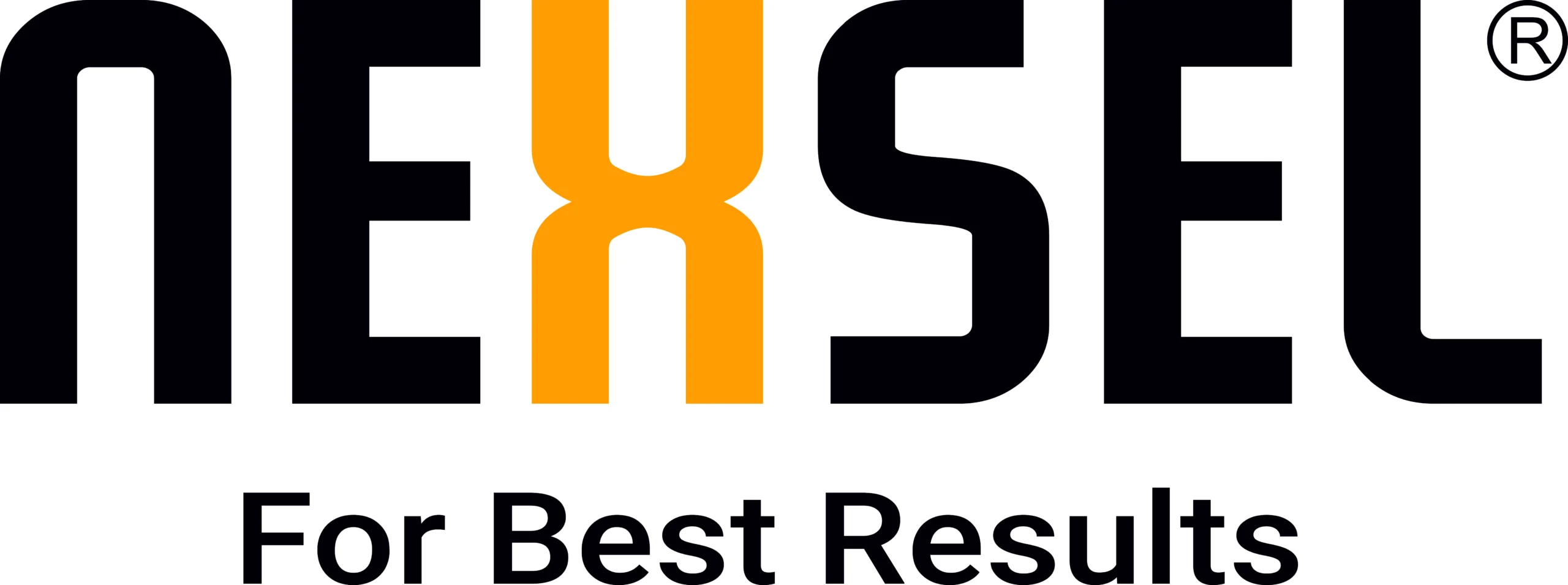
20
Jun
Indoor Farming in New Zealand: A Complete Guide to Growing Food Indoors All Year Round
Indoor farming is rapidly transforming agriculture in New Zealand. With changing climates, rising land prices, and a growing population, the demand for sustainable, space-efficient, and year-rund food production methods is higher than ever. Whether you’re a commercial grower or an enthusiastic hobbyist, indoor farming offers a smart and innovative way to grow fresh vegetables, herbs, fruits, and even microgreens—all without needing a backyard. In this comprehensive guide, we’ll explore what indoor farming is, how it’s gaining popularity in New Zealand, and how you can set up a successful system using LED grow lights, hydroponics, vertical farming techniques, and smart controls. What is Indoor Farming? Indoor farming, also known as controlled environment agriculture (CEA), is the practice of growing crops inside buildings using technologies like: LED grow lights Hydroponics or aeroponics systems Climate control Vertical farming racks Automated irrigation Unlike traditional farming, indoor farming allows you to control light, temperature, humidity, CO₂, and nutrients to create the perfect environment for plant growth. Why Indoor Farming is Gaining Momentum in New Zealand New Zealand’s agriculture sector is iconic, but it also faces challenges like: Land scarcity in urban areas Changing weather patterns High water usage Rural-to-urban shift of workforce As a result, urban farming and indoor agriculture are becoming viable solutions, especially in cities like Auckland, Wellington, and Christchurch. New Zealand’s clean energy and advanced agritech infrastructure further support this evolution. Top Benefits of Indoor Farming 1. Year-Round Crop Production Indoor farms are not weather-dependent. Whether it’s winter in Christchurch or heavy rains in Auckland, your crops continue to grow. 2. Saves Space With vertical farming setups, you can grow 10x more in the same area using stacked racks and efficient lighting. 3. Water Efficiency Hydroponics uses up to 90% less water than traditional soil farming, which is a game-changer in regions with water restrictions. 4. Pest and Disease Control Controlled indoor environments significantly reduce pest infestations and eliminate the need for harmful pesticides. 5. Proximity to Market You can grow and supply food directly in urban centres, reducing transportation costs and carbon footprint. Core Technologies Used in Indoor Farming 1. LED Grow Lights (Full-Spectrum) LED grow lights are crucial for indoor farming in NZ where natural light may be limited. Look for: Full-spectrum LED lights to mimic sunlight High PAR values for faster growth Energy-efficient models to reduce power costs Popular NZ keyword: LED grow lights for indoor farming NZ 2. Hydroponics Systems Hydroponics is a soil-free growing method using water mixed with nutrients. Systems include: Nutrient Film Technique (NFT) Deep Water Culture (DWC) Drip Systems Hydroponics is perfect for leafy greens, lettuce, basil, spinach, and strawberries. Popular NZ keyword: Hydroponic farming NZ 3. Climate Control and Sensors To ensure optimal conditions: Use humidity & temperature sensors Install automated exhaust systems Use timers and smart apps to control light cycles and watering 4. Vertical Farming Racks These modular shelving systems are ideal for maximizing indoor space. Use aluminum frames and adjustable LED lights between layers for optimal plant access. Steps to Start Your Indoor Farm in New Zealand ✅ Step 1: Define Your Goals Commercial sale, home use, or educational purpose? Choose between leafy greens, herbs, microgreens, or exotic plants. ✅ Step 2: Choose a Suitable Indoor Space Spare room, garage, basement, shipping container, or commercial warehouse Ensure access to power and ventilation ✅ Step 3: Select a Lighting System Use LED grow lights with adjustable spectrums and timers Check local NZ suppliers for affordable options ✅ Step 4: Pick a Growing Method Hydroponics (most popular in NZ) Soil-based (if you’re just starting out) Aeroponics or aquaponics for advanced growers ✅ Step 5: Install Infrastructure Light fixtures Grow trays and racks Water tanks and pumps pH and EC meters Timer switches ✅ Step 6: Start Planting and Monitor Regularly Use seeds from reputable NZ suppliers Track plant growth, water usage, and light hours Harvest frequently and reinvest in scaling Indoor Farming Business Opportunities in New Zealand The indoor farming sector is booming. Here are some trending opportunities: Microgreen production for cafes and restaurants Basil, coriander, and lettuce supply for supermarkets Urban vertical farms in Auckland apartments Tissue culture propagation units Educational hydroponic kits for schools New Zealanders are increasingly choosing locally grown, pesticide-free produce, and indoor farming helps meet this demand. Common Challenges (And How to Overcome Them) Challenge Solution High electricity bills Use energy-efficient LED grow lights with auto shut-off timers Initial investment cost Start small with a DIY hydroponic kit and grow modularly Limited technical knowledge Join indoor farming communities and follow NZ-based agritech forums Mold or algae buildup Regularly clean reservoirs and ensure good airflow Finding the right nutrients Use NZ-certified hydroponic nutrient mixes for leafy greens and herbs Indoor Farming in New Zealand: Future Outlook New Zealand is well-positioned to become a leader in smart, sustainable indoor farming. The government’s interest in food security and sustainable agriculture is accelerating adoption. Agritech companies and startups are exploring AI, IoT, and automation to further improve yield and reduce manual efforts. With smart LED lighting, efficient hydroponic systems, and a growing community of indoor growers, now is the perfect time to invest in indoor farming—whether as a business or a lifestyle. Conclusion Indoor farming isn’t just a trend—it’s the future of food production in New Zealand. From energy-efficient grow lights to smart hydroponic systems, the technology is here, and it’s more accessible than ever. Whether you’re a hobbyist or an aspiring commercial grower, you can start small, scale smart, and grow sustainably. Take the first step today. Embrace the freedom of growing food all year long—indoors, sustainably, and successfully.



